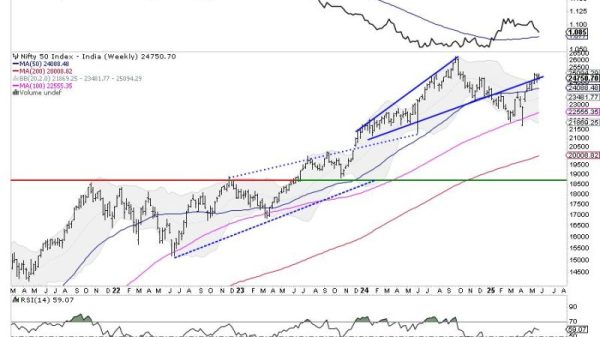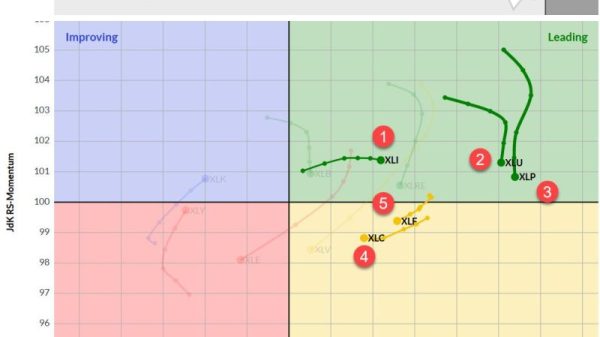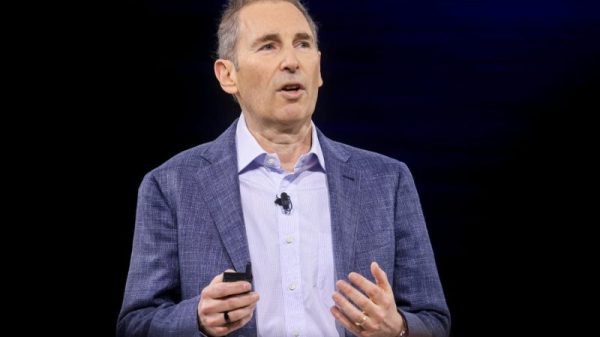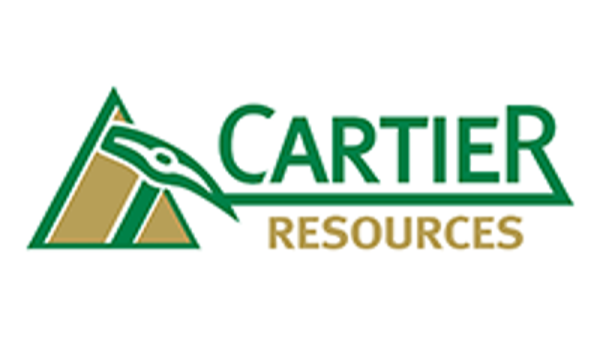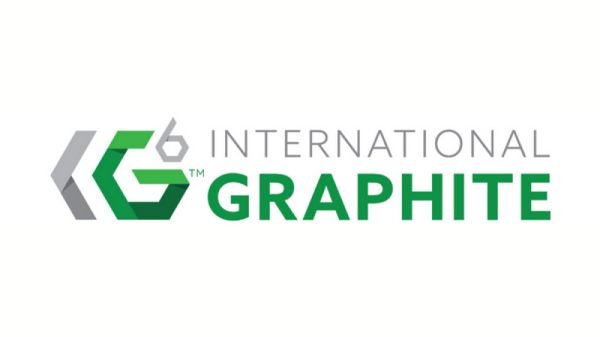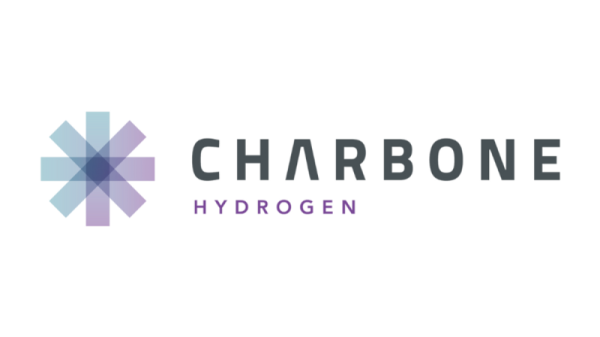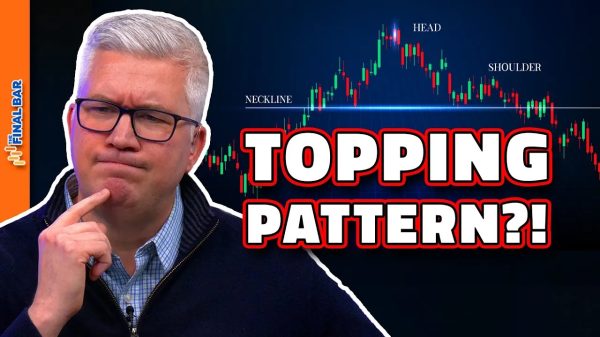Over the past decade, vaping has transformed from a niche hobby into a global industry, sparking both enthusiasm and controversy.
Initially seen as a smoking alternative, it quickly gained traction among younger generations, fueled by sleek designs, flavorful e-liquids, and influencer marketing. However, with increasing regulations, shifting consumer habits, and the rise of alternative nicotine products, the question remains—are vapes still trending in 2025?
This article takes a deep dive into the current state of the vaping industry, analyzing its past, present, and future trajectory. From market dynamics to legal landscapes, and technological innovations to public perception, we’ll uncover whether vaping continues to dominate or if its popularity is starting to fade.
The Evolution of Vaping Trends
Vaping first gained mainstream popularity in the early 2010s, with e-cigarettes being marketed as a safer alternative to traditional smoking. As the technology advanced, the industry saw a rapid expansion, leading to an explosion of devices ranging from disposable vapes to sophisticated mods and pod systems.
By the late 2010s and early 2020s, vaping had become a billion-dollar industry, with the best online vape shops offering a vast selection of e-liquids, devices, and accessories. The introduction of nicotine salts further revolutionized the market, providing a smoother and more satisfying experience for users transitioning from cigarettes.
However, controversy soon followed. Reports of lung-related illnesses, largely linked to illicit THC cartridges, led to intensified scrutiny. Governments worldwide responded with tighter regulations, and in some cases, outright bans on flavored e-liquids. Despite these setbacks, vaping persisted as an alternative for smokers and a lifestyle product for enthusiasts. As 2025 unfolds, the vaping landscape continues to evolve. With innovations, shifting legal frameworks, and increasing competition from other nicotine alternatives, its status as a cultural and consumer trend remains under constant reassessment.
Current Market Status
The vaping industry in 2025 is a complex and multifaceted market. While some regions have seen steady growth, others have witnessed a decline due to stricter regulations and shifting consumer habits.
In the United States, vaping remains widely available, but regulatory restrictions have forced companies to innovate in terms of product safety and ingredient transparency. The UK continues to embrace vaping as a harm-reduction tool, with public health agencies supporting its use as an alternative to smoking. Meanwhile, Asia presents a mixed bag, with some countries tightening restrictions and others seeing an increasing demand for vaping products.
Consumer demographics have also shifted. While younger adults remain a key market, an increasing number of former cigarette smokers in their 30s and 40s have turned to vaping as a long-term alternative. The demand for customization, quality, and transparency has led to the rise of brands prioritizing safety and innovation over mass-market appeal.
Regulatory Landscape
Vaping regulations have tightened significantly in recent years, shaping how the industry operates. In the United States, the FDA has enforced stringent rules on e-liquid flavors, marketing, and product approvals, leading many smaller vape companies to shut down. The EU has also implemented restrictions, limiting nicotine concentrations and device capabilities.
Asia remains one of the most diverse regulatory environments, with countries like China, where many vaping devices are manufactured, imposing stricter rules on domestic sales. Meanwhile, places like New Zealand and the UK continue to embrace vaping as a harm-reduction strategy, encouraging smokers to switch while maintaining firm regulations on youth access.
These evolving legal frameworks have forced the industry to adapt. Vape brands now focus on compliance, safety, and innovation, moving away from aggressive marketing tactics that once targeted younger consumers.
Technological Innovations in Vaping
Advancements in technology have kept the vaping industry alive despite regulatory pressures. In 2025, smart vapes with AI integration and Bluetooth connectivity are becoming more common, allowing users to monitor nicotine intake, adjust settings through mobile apps, and receive safety alerts.
Eco-friendly and sustainable vaping products have also gained traction. Biodegradable pods, recyclable batteries, and refillable systems designed to reduce waste have become selling points for environmentally conscious consumers.
Another major shift is in e-liquid formulations. Beyond traditional nicotine-based products, the market has expanded to include CBD-infused vapes, herbal blends, and even caffeine-based inhalables, catering to a broader range of preferences.
The Rise of Alternative Nicotine Products
While vaping remains popular, it faces increasing competition from alternative nicotine products. Nicotine pouches, which require no combustion or vapor, have surged in popularity among those looking for a discreet and smoke-free option. Heated tobacco products, like Philip Morris’s IQOS, continue to attract former smokers who seek a more cigarette-like experience without the harmful byproducts of combustion.
These alternatives appeal to users concerned about the long-term health effects of inhaling vaporized substances. With major tobacco companies investing heavily in these new technologies, vaping must continue to innovate to maintain its relevance.
Conclusion
Vaping in 2025 is no longer the explosive trend it once was, but it remains a significant part of the nicotine industry. While regulatory crackdowns, public skepticism, and emerging alternatives pose challenges, technological advancements and a loyal consumer base keep it relevant. The question of whether vaping is still trending does not have a simple yes or no answer. Instead, it is evolving—shifting from a cultural phenomenon into a more mature, regulated, and health-conscious industry.
Read more:
Are Vapes Still Trending in 2025?







